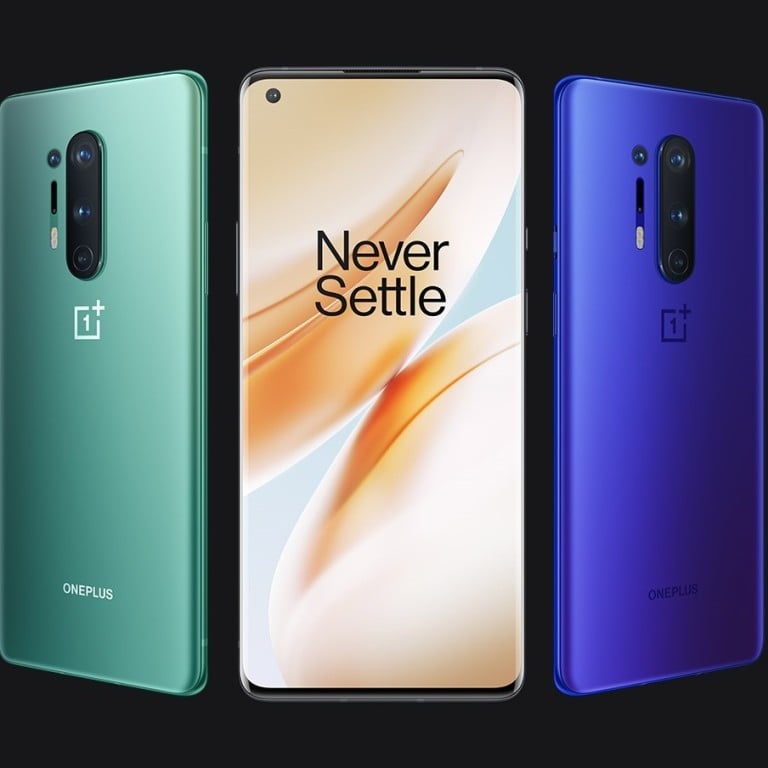
Chinese smartphone brand OnePlus is rediscovering China amid the pandemic
OnePlus made a name for itself in the West for its high performance at lower prices, but it now wants to win over its home country
While it’s not as nearly as big of a brand as Apple or Samsung, OnePlus has still managed to inspire some fans to line up for hours just to be one of the first to get its latest phones. But back home in China, the OnePlus brand is a lot less well-known.
OnePlus, the Chinese smartphone startup that made a mark in the West

For most of its short history, OnePlus didn’t concentrate much on its home country, even though it’s the largest smartphone market in the world. But now the spread of the deadly coronavirus is expected to force OnePlus sales to plummet overseas, where it’s had the most success, said Counterpoint analyst Mengmeng Zhang.

But in China, OnePlus has to compete with other companies making high-end phones without much brand recognition. And the company often doesn’t have a price advantage. The company is competing with the likes of Apple, Huawei, Oppo and Vivo, Zhang said. The latter two are sister brands of OnePlus, with all three owned by the Dongguan-based company BBK Electronics, which also owns RealMe.
“OnePlus’s features appeal more to tech-savvy users, which restricts its overall customer base,” Zhang explained.
This might be why OnePlus has made its prices cheaper in China than in North America, to the disappointment of some of its customers. While OnePlus phones have always been cheaper in China, the price differences are even starker this year.
The new OnePlus 8 series is priced between US$699 and US$999 in the US, a notable price hike for a brand that used to be known for its affordable phones. Prices in China range from about US$565 to US$850. That means the company’s top-tier device, the OnePlus 8 Pro with 256GB of storage and 12GB of RAM, costs Americans a whopping US$150 more for the same device.

